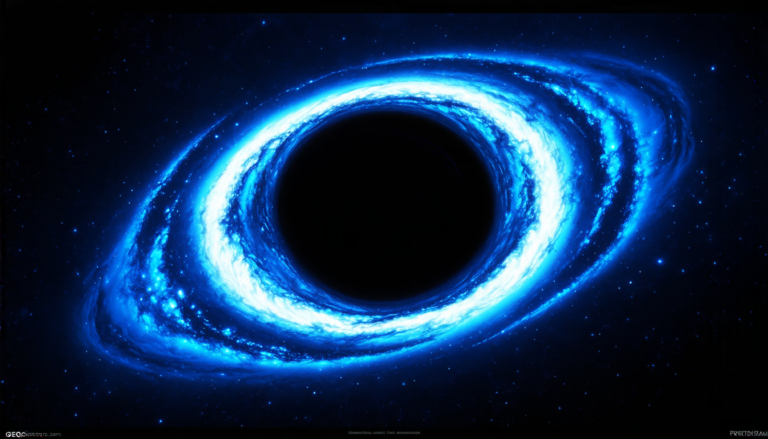Saturday 07 June 2025
Scientists have been searching for dark matter, a mysterious substance that makes up about 27% of our universe, but is invisible and doesn’t interact with light. While we’ve had hints of its existence through observations of galaxy rotation curves and cosmic microwave background radiation, the nature of dark matter remains unknown.
Recently, researchers have been exploring new ways to detect dark matter, including using powerful particle colliders and sensitive astronomical instruments. One promising approach involves searching for signs of dark matter annihilation or decay in high-energy particles that interact with our detectors.
A team of scientists has now proposed a novel method to search for dark matter using white dwarfs, incredibly hot and dense stars that are the remnants of once-larger stars. By analyzing the cooling curves of these stars, researchers can infer the presence of dark matter interacting with them.
The idea is based on the fact that white dwarfs emit a significant amount of energy as they cool down over time. This energy is mainly in the form of X-rays and ultraviolet radiation. If dark matter particles were to interact with the white dwarf’s electrons, they could absorb some of this energy, causing the star to cool down faster than expected.
By studying the cooling curves of white dwarfs in our galaxy and nearby galaxies, scientists can look for signs of this unexpected cooling pattern. This would indicate that dark matter is present and interacting with the stars.
The researchers used computer simulations to test their idea, assuming different types of dark matter particles and interaction strengths. They found that even if the interaction between dark matter and white dwarfs is extremely weak, they could still detect the effect on the star’s cooling curve.
This new approach offers a fresh opportunity for scientists to search for dark matter, as it bypasses some of the limitations of traditional detection methods. For instance, it doesn’t require high-energy particle colliders or precise astronomical observations. Instead, it leverages our understanding of white dwarfs and their behavior over time.
The potential implications of this research are significant. If successful, scientists could use white dwarfs as a probe to study dark matter properties, such as its mass, spin, and interaction strength. This would provide crucial insights into the nature of dark matter and help us better understand the universe’s mysterious composition.
As scientists continue to explore new ways to detect dark matter, this innovative approach offers a promising path forward in our quest to uncover the secrets of the invisible substance that dominates our universe.
Cite this article: “Unveiling Dark Matter with White Dwarfs: A Novel Method for Detection and Study”, The Science Archive, 2025.
Dark Matter, White Dwarfs, Cooling Curves, X-Rays, Ultraviolet Radiation, Electrons, Computer Simulations, Particle Colliders, Astronomical Instruments, Galaxy Rotation Curves







